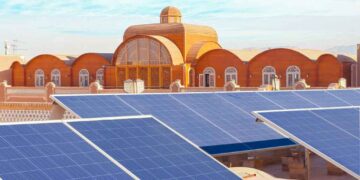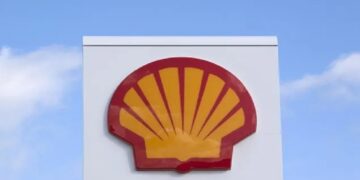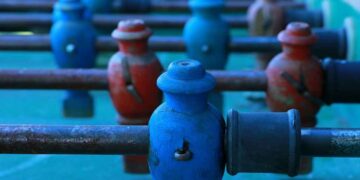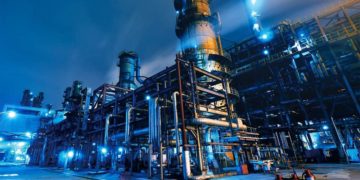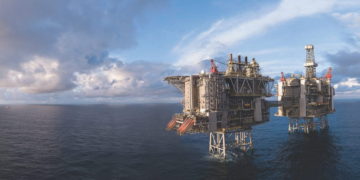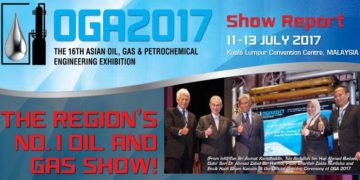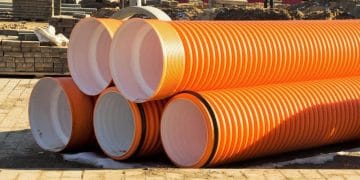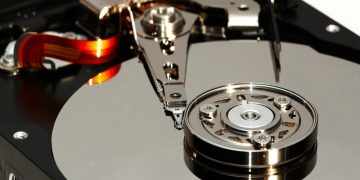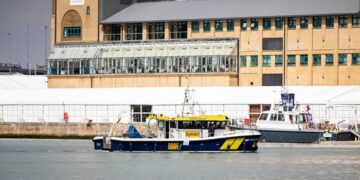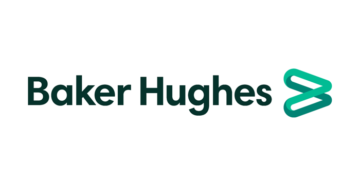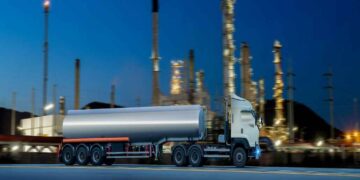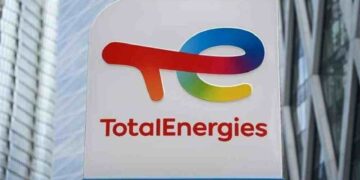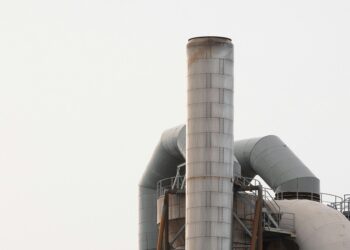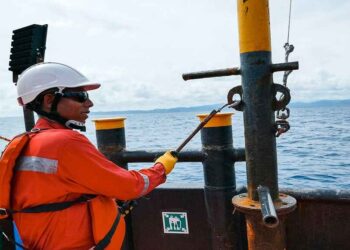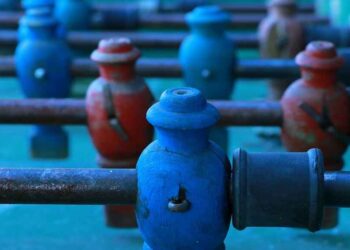Malikai oilfield is located approximately 100km off the coast of Sabah, Malaysia, in water depths of up to 500m within Block G of the South China Sea. It is Malaysia’s third deepwater project after the Kikeh and Gumusut Kakap projects.
Shell (the operator) and ConocoPhillips hold 35% interest each in the development, while Petronas Carigali owns the remaining 30% interest. Production from the project is scheduled to start in early 2017.
Front-end engineering and design (FEED) activities for the project started in 2009 and the final investment decision was made in February 2013.
Malikai oilfield discovery
The production sharing contract for the Block G was awarded in 1995 and the oilfield was discovered in 2004 by drilling the Malikai-1 exploration well. The field was appraised in 2005 and 2006.
Development details
The deepwater offshore oilfield development involves the drilling of 17 wells, employing a 26,000t tension leg platform (TLP) production facility, the first of its kind in the Malaysian waters. The riserless tophole drilling of eight wells will be carried out using a Norshore Atlantic multipurpose drilling vessel.
Production from the field’s offshore facilities will be tied back by subsea pipelines to Kebabangan (KBB) shallow-water hub gas processing facility, from where it will further be conveyed to Sabah Oil & Gas Terminal (SOGT) for export.
Subsea export facilities will comprise an eight-inch-diameter, 50km-long gas pipeline and ten-inch-diameter, 55km-long liquid pipeline, including steel catenary risers (SCRs).
Details of Malikai TLP
Malikai TLP’s topside will weigh 14,000t and its hull will weigh 12,000t. The facility will be classed by ABS.
The manned topside will be equipped with power generation, metering, separation, liquid pumping, gas compression, chemical storage, living quarters and water injection facilities. The hull, to be fastened and attached to the seafloor, will feature components, including marine systems, tender assisted drilling (TAD) units, foundation driven piles and suction anchor piles.
The topside of the TLP will be capable of accommodating 24 well slots. The TLP will have a processing capacity of 60,000bpd and 1.4 million cubic metres or 50 million standard cubic feet per day of gas.
Contractors involved
The FEED of the offshore oil project was performed by AMEC. The engineering, procurement and construction (EPC) contract for the TLP was awarded to a 50:50 joint-venture (JV) of Technip and Malaysia Marine and Heavy Engineering Holdings Berhad (MHB). Technip will also supply and install the subsea pipelines, engaging its Global 1201 S-Lay vessel.
Drilling and production equipment, including subsea wellheads, tensioner systems, risers, production trees, injection trees and tieback connectors, will be supplied by Dril-Quip Asia Pacific, a subsidiary of Dril-Quip in collaboration with UMW Petrodril.
Frames has been subcontracted by the Technip-MHBE JV to supply three shell and tube heat exchangers, as well as a gas dew pointing unit, based on low-temperature separation (LTS) technology.
Transportation and installation of the TLP will be jointly performed by IEV Malaysia and Heerema Marine Contractors (HMC), under a contract worth $100m. They will also perform the pre-installation works for the TLP tendon foundation piles, tendons, suction anchor piles and pre-laid mooring lines.
Flowserve has been contracted to supply its water injection and liquid transfer pumps for the TLP. The company will also supply pumps for seawater lift, firewater, drain caisson, flare knockout drum, circulation and sump services.
IKM’s second-generation MMR riserless mud recovery technology will be employed for tophole drilling by the Norshore Atlantic drilling vessel. Virgo Valves will supply 1,900 shutdown, blowdown, motor-operated and manual ball valves for the TLP.



